Understanding the Rise of Gel Batteries in Renewable Energy Storage Systems
In recent years, the transition towards renewable energy sources has underscored the need for efficient and reliable energy storage solutions. Among the various technologies emerging to meet these demands, gel batteries have gained significant attention due to their unique properties and advantages. Gel batteries, which utilize a silica gel electrolyte rather than a liquid one, provide enhanced safety, longevity, and performance, making them particularly suitable for applications in solar and wind energy systems. Their ability to operate effectively in a range of temperatures and to withstand deep discharges positions them as a resilient choice for energy storage. As the world increasingly moves toward sustainable energy practices, understanding the rise of gel batteries in renewable energy storage systems is crucial for stakeholders aiming to optimize energy management and reduce reliance on traditional fossil fuels. This exploration of gel batteries will delve into their technology, benefits, and potential impact on the future of energy storage.
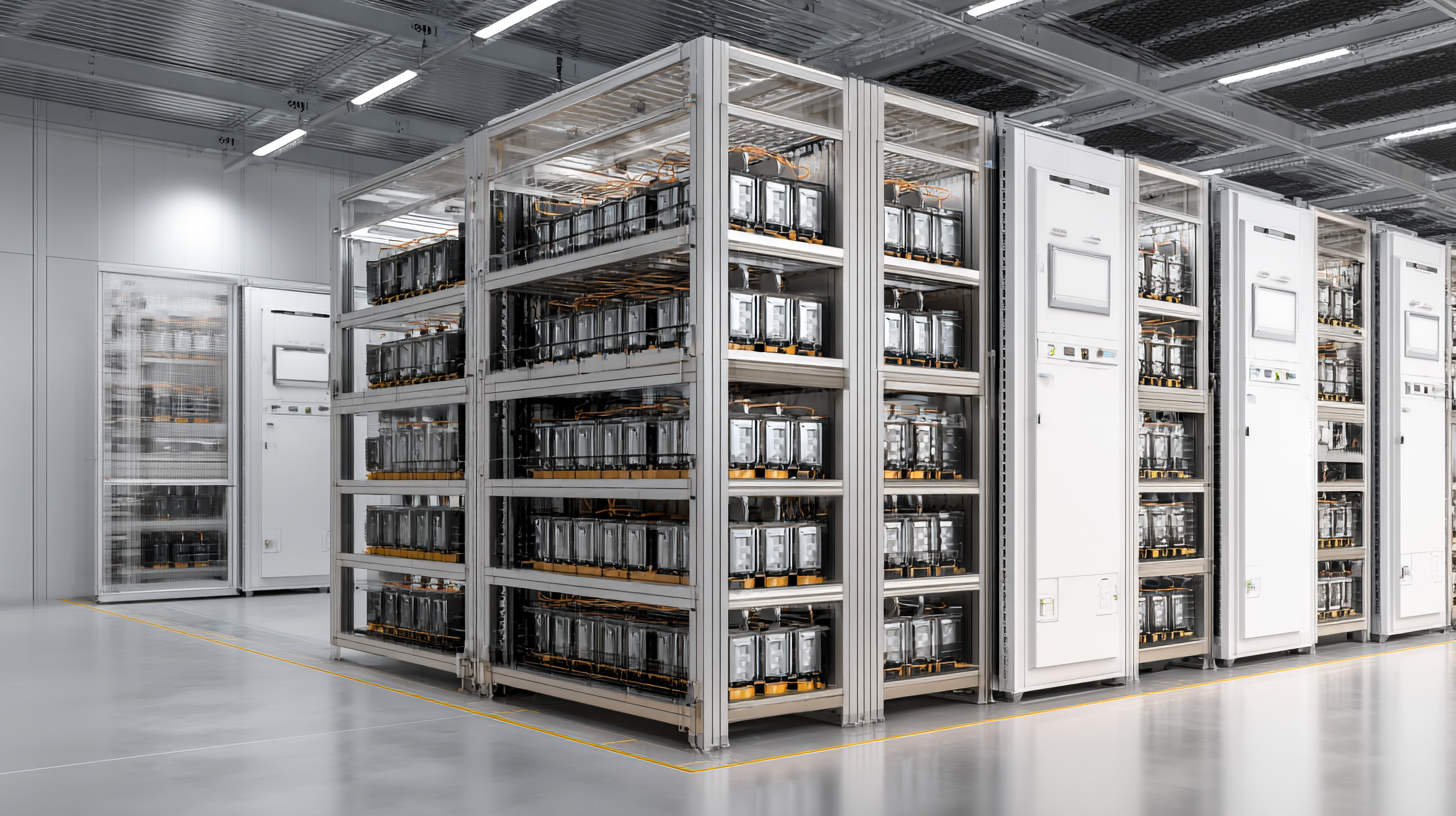
The Advantages of Gel Batteries in Renewable Energy Applications
Gel batteries are gaining traction in renewable energy storage systems due to their unique advantages over traditional lead-acid and lithium-ion batteries. One of the primary benefits is their enhanced safety profile. Unlike liquid batteries, gel batteries have a gelled electrolyte, which significantly reduces the risk of leakage or spillage. This makes them particularly suitable for applications in diverse environments, ensuring both operational safety and environmental protection.
Additionally, gel batteries demonstrate superior performance under various conditions. They exhibit better tolerance to deep discharges and can withstand a higher number of charge-discharge cycles, leading to an extended lifespan. This durability is crucial for renewable energy applications, where systems need to be reliable and efficient to accommodate varying energy production, such as solar or wind.
Furthermore, gel batteries can operate effectively in extreme temperatures, making them versatile for different climates and locations. These attributes position gel batteries as a compelling choice for the renewable energy sector, paving the way for sustainable energy solutions.
How Gel Batteries Enhance Energy Efficiency in Storage Systems
The rise of gel batteries in renewable energy storage systems is primarily attributed to their innovative design and functional advantages. Gel batteries utilize a semi-solid electrolyte, which not only reduces the risk of leakage but also enhances thermal stability. This characteristic is particularly beneficial in fluctuating temperatures, making gel batteries ideal for both indoor and outdoor applications. As renewable energy sources such as solar and wind continue to expand, the demand for reliable storage solutions that can efficiently manage intermittent energy production becomes critical.
In terms of energy efficiency, gel batteries excel by offering a higher charge and discharge efficiency compared to traditional lead-acid batteries. This superior performance is achieved through minimized internal resistance, allowing for quicker energy transfer and less energy loss during the charging and discharging processes. Furthermore, gel batteries exhibit a lower self-discharge rate, ensuring that energy remains stored for longer periods without significant degradation. This capability not only extends the lifespan of the battery but also maximizes the utilization of harvested renewable energy, making them an essential component in modern energy storage systems.
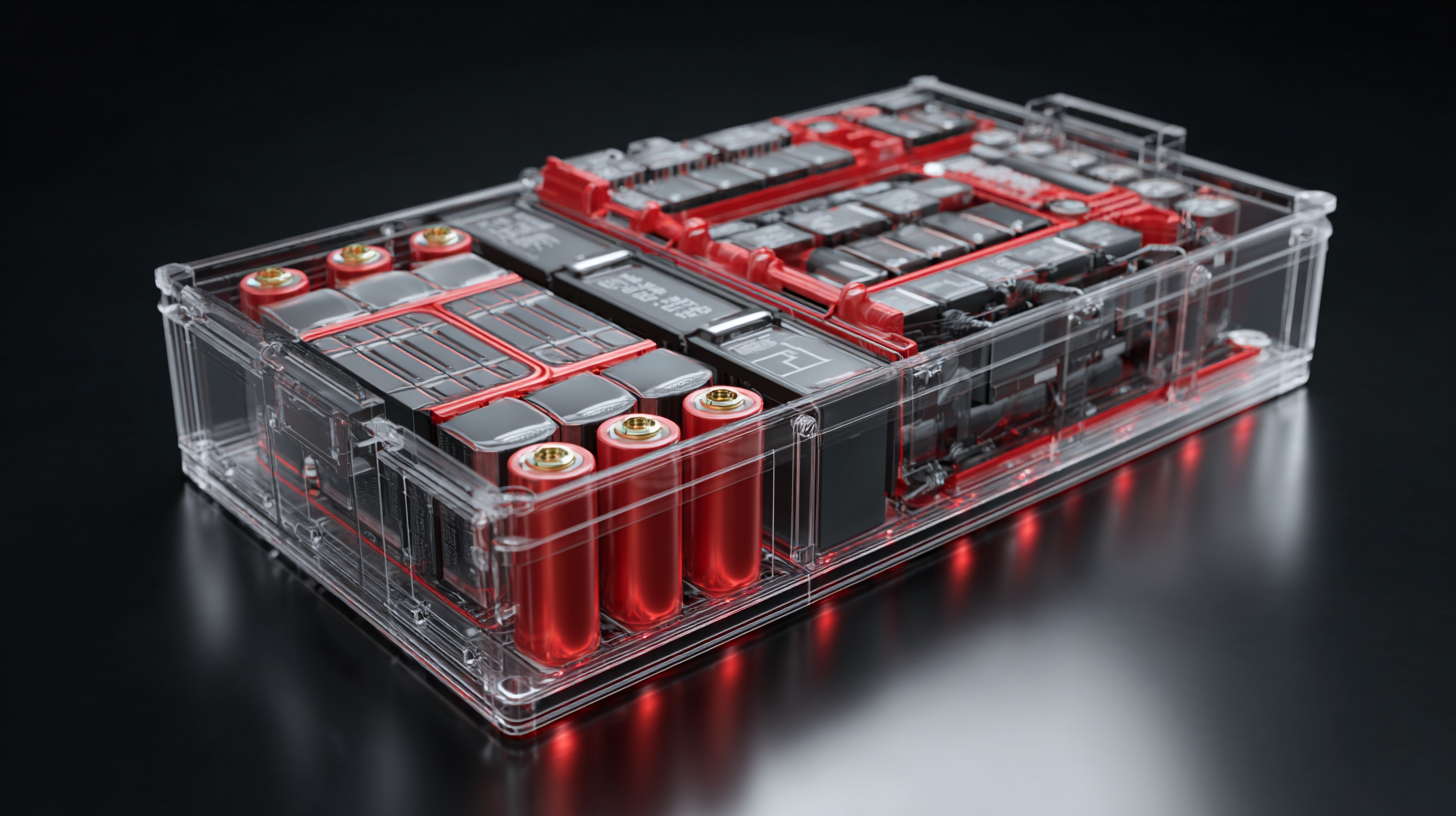
Comparing Gel Batteries to Traditional Lead-Acid and Lithium-Ion Batteries
Gel batteries are garnering attention in renewable energy storage systems due to their unique design and advantages over traditional lead-acid and lithium-ion batteries. While lead-acid batteries have been a longstanding choice, they are often criticized for their weight, shorter lifespan, and environmental concerns related to lead. In contrast, gel batteries offer a sealed design that reduces maintenance needs and prevents leakage, extending their service life. According to a report by Research and Markets, the lifespan of gel batteries can range up to 12 years, significantly outpacing lead-acid batteries, which typically last between 3 to 5 years.
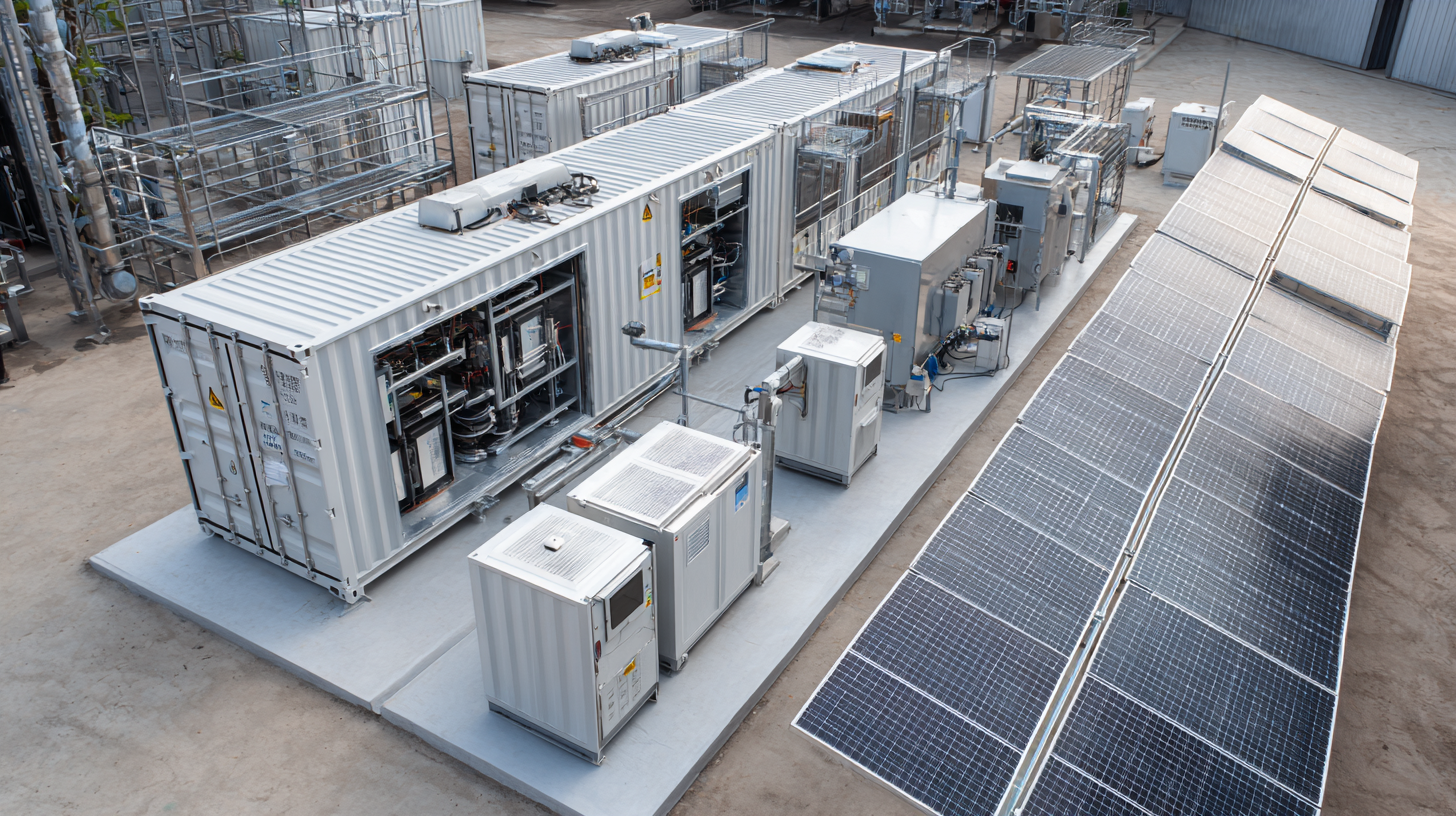 Lithium-ion batteries are known for their high energy density and efficiency, but their cost can be a barrier for widespread use in certain applications. Gel batteries strike a balance, providing a more cost-effective solution while maintaining satisfactory performance levels, making them particularly attractive for off-grid renewable energy systems. A study by Allied Market Research indicates that the gel battery segment is expected to grow at a CAGR of 6.5% over the next five years, reflecting rising demand in various applications, including solar energy storage.
Lithium-ion batteries are known for their high energy density and efficiency, but their cost can be a barrier for widespread use in certain applications. Gel batteries strike a balance, providing a more cost-effective solution while maintaining satisfactory performance levels, making them particularly attractive for off-grid renewable energy systems. A study by Allied Market Research indicates that the gel battery segment is expected to grow at a CAGR of 6.5% over the next five years, reflecting rising demand in various applications, including solar energy storage.
Tips: When considering energy storage options, assess the specific application requirements. Gel batteries can be an excellent choice for renewable systems due to their resilience and reduced maintenance. Additionally, always compare the total lifecycle cost, taking into account both upfront expenses and long-term performance.
Key Factors Driving the Adoption of Gel Batteries in Sustainable Technologies
The adoption of gel batteries in renewable energy storage systems is gaining momentum, driven by several key factors that enhance sustainability and efficiency. Firstly, gel batteries provide superior performance in both high and low-temperature environments, making them ideal for various climate conditions. Their gel-like electrolyte minimizes the risk of leakage and spillage, further ensuring safety and reliability in energy storage. As renewable energy sources like solar and wind become more prevalent, the demand for efficient and durable storage solutions continues to rise.
Tips: When considering gel batteries for your renewable energy projects, look for those with a proven track record in performance across different conditions. Additionally, assess the battery’s cycle life and maintenance needs, as these factors significantly influence long-term cost efficiency.
Moreover, the environmental benefits of gel batteries cannot be overlooked. They are designed to minimize environmental impact by using recyclable materials and less harmful chemicals compared to traditional lead-acid batteries. This makes them a preferable choice for eco-conscious consumers and businesses aiming to reduce their carbon footprint. With advancements in technology, the capability of gel batteries continues to expand, solidifying their role in the transition to sustainable energy solutions.
Tips: It's beneficial to stay updated on the latest innovations in gel battery technology. Attend industry conferences or explore online resources to understand the advancements that can improve battery efficiency and performance.
Understanding the Rise of Gel Batteries in Renewable Energy Storage Systems
This chart illustrates the growing adoption of gel batteries in renewable energy storage systems over the past five years. The data reflects the increasing capacity (in MWh) of gel batteries used in various sectors, demonstrating their significant role in sustainable technologies.
Future Trends: The Role of Gel Batteries in Evolving Energy Storage Solutions
The growing importance of renewable energy sources has led to an increasing reliance on advanced energy storage solutions, where gel batteries are emerging as a robust option. According to a recent report by the International Energy Agency (IEA), the global energy storage market is projected to grow significantly, reaching over 500 GW by 2030. This surge is driven by the need for reliable storage solutions that can accommodate the intermittent nature of renewable energies like solar and wind. Gel batteries, with their enhanced safety and efficiency, present a promising alternative to traditional lead-acid and lithium-ion batteries.
Future trends indicate that gel batteries will play a crucial role in the evolution of energy storage systems. Research by BloombergNEF highlights that gel batteries could potentially reduce the upfront costs of energy storage by approximately 20% within the next five years, making them increasingly attractive for both residential and utility-scale applications. Moreover, their longer lifecycle and superior performance in various temperature ranges make them ideal for diverse environments, thus supporting the global push towards a more sustainable and resilient energy infrastructure. As developments in gel battery technology continue to advance, their integration into renewable energy systems is likely to expand, paving the way for innovative storage solutions that meet growing energy demands.
Understanding the Rise of Gel Batteries in Renewable Energy Storage Systems - Future Trends
| Dimension | Value |
|---|---|
| Energy Density (Wh/kg) | 40-80 |
| Cycle Life (cycles) | 500-1500 |
| Charging Time (hours) | 4-8 |
| Operating Temperature (°C) | -20 to 60 |
| Weight (kg) | 10-30 |
| Cost ($/kWh) | 200-400 |
| Self-discharge Rate (%) | 3-5 |
| Applications | Solar Storage, EVs, Off-grid Systems |
Related Posts
-
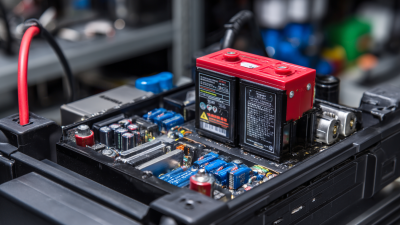
Unlocking the Benefits: Why Rechargeable Sealed Lead Acid Batteries Are the Future of Power Storage
-
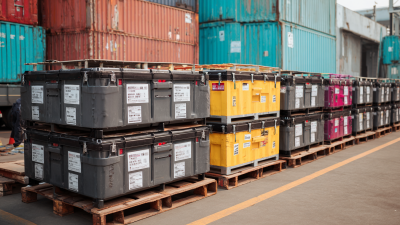
Batteries Delivered Revolutionizing Supply Chains at the 138th China Import and Export Fair 2025
-

What are the Key Features of Lawn Mower Batteries You Should Know?
-

Unveiling Battery Acid Innovations at the 2025 China Import and Export Fair
-
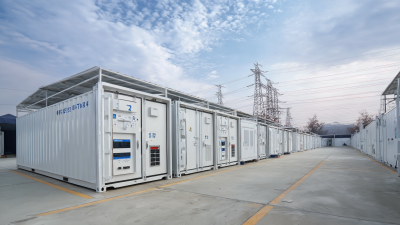
Unlocking the Future of Energy Storage Innovations with 12 Battery at the 2025 China Import and Export Fair
-

Exploring the Benefits and Applications of Sealed Lead Acid Batteries in Modern Technology
